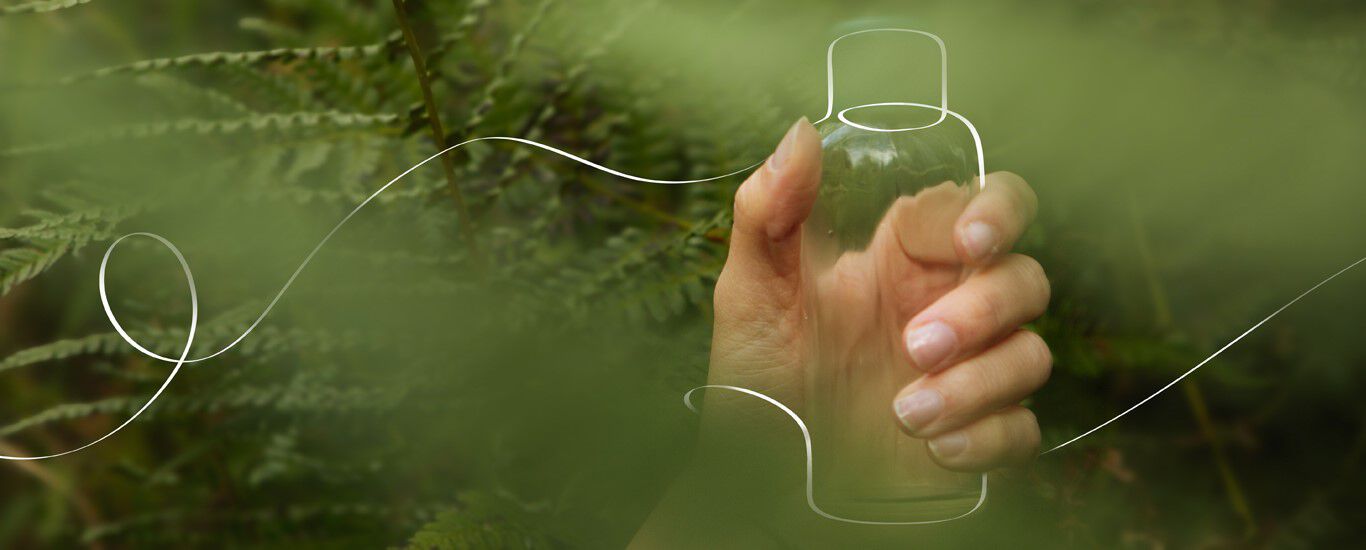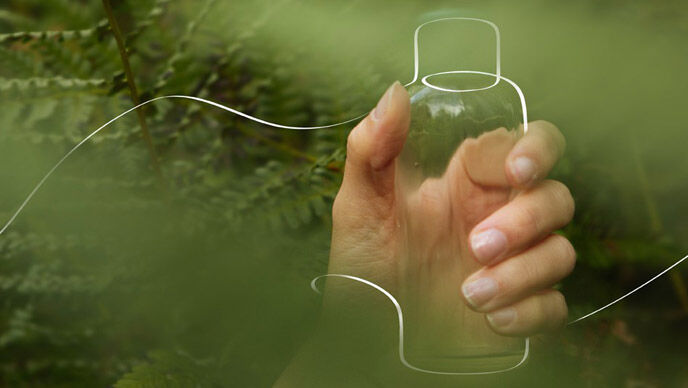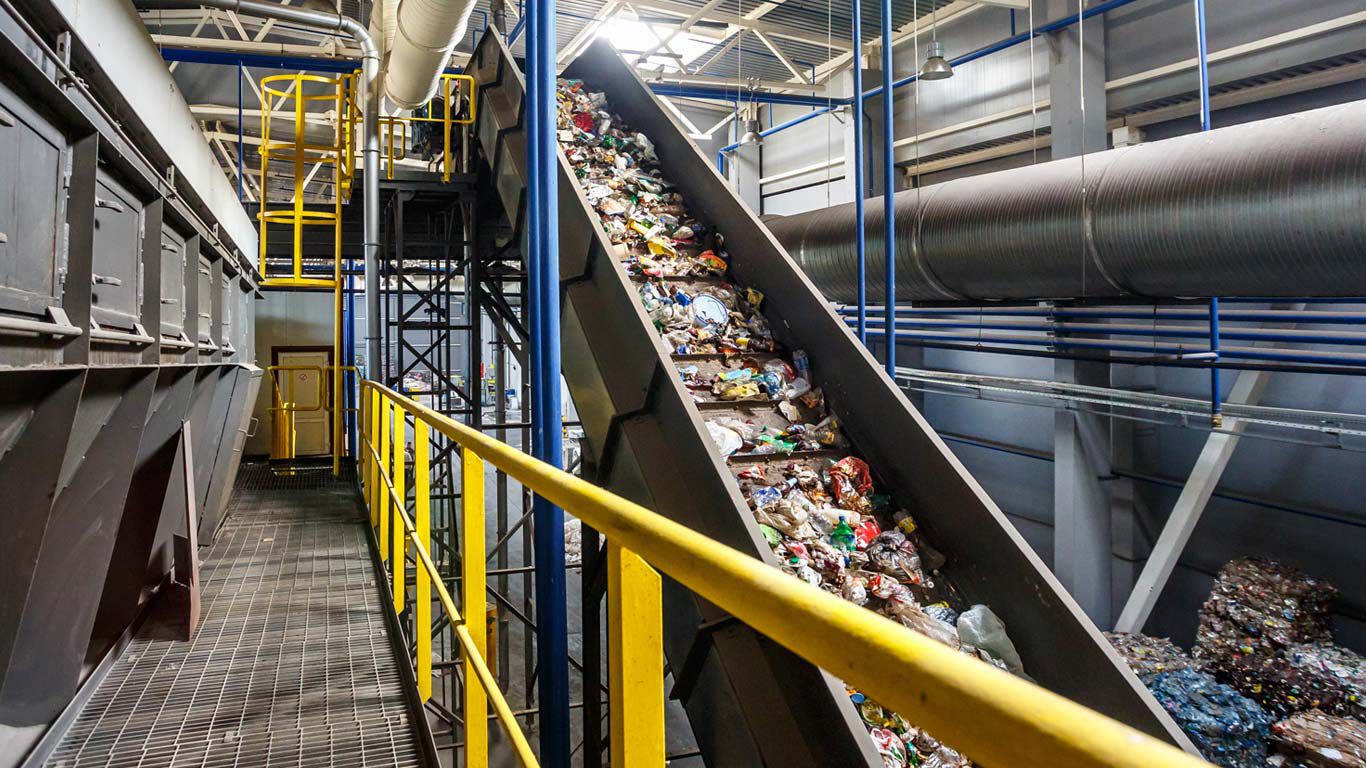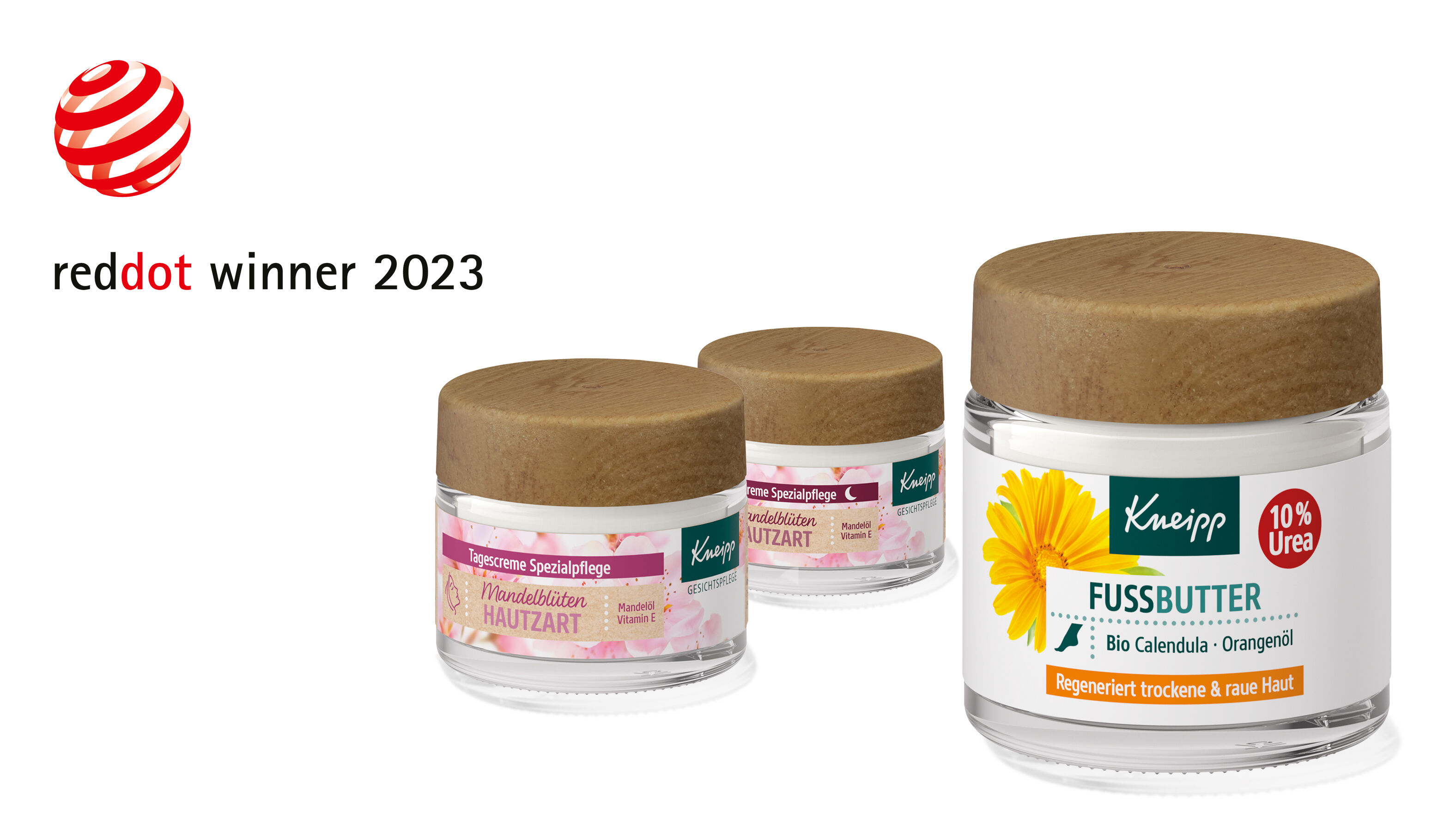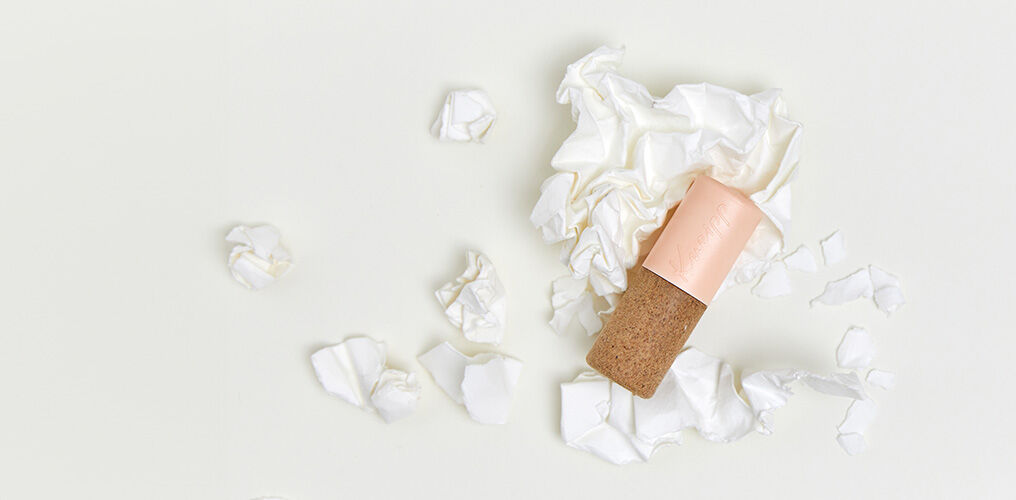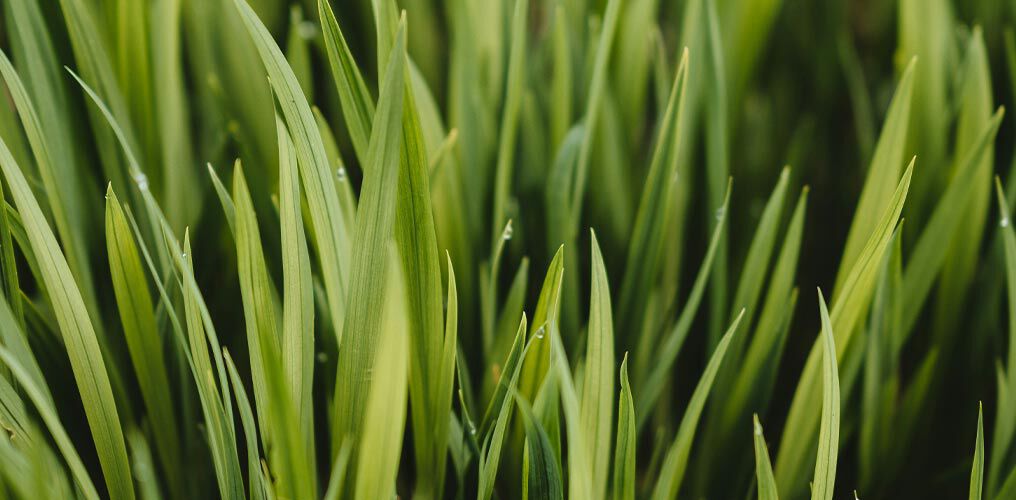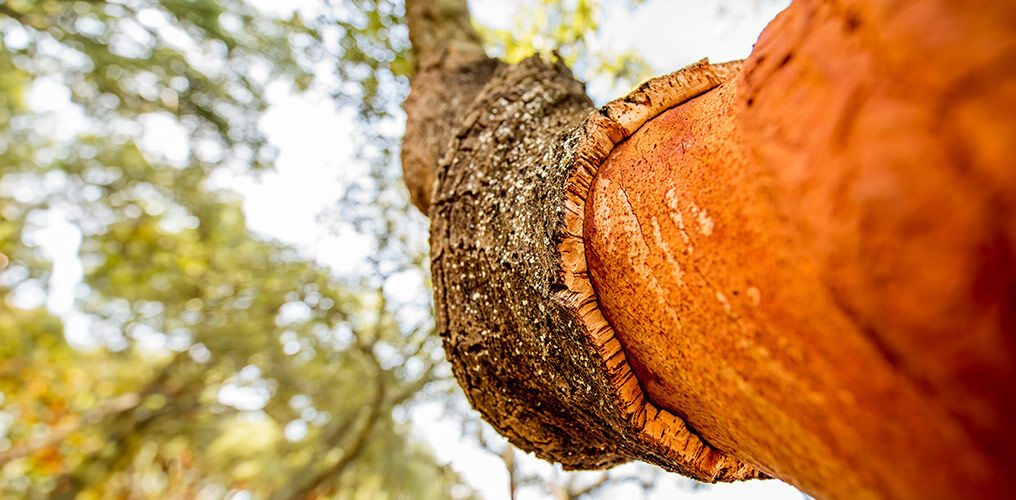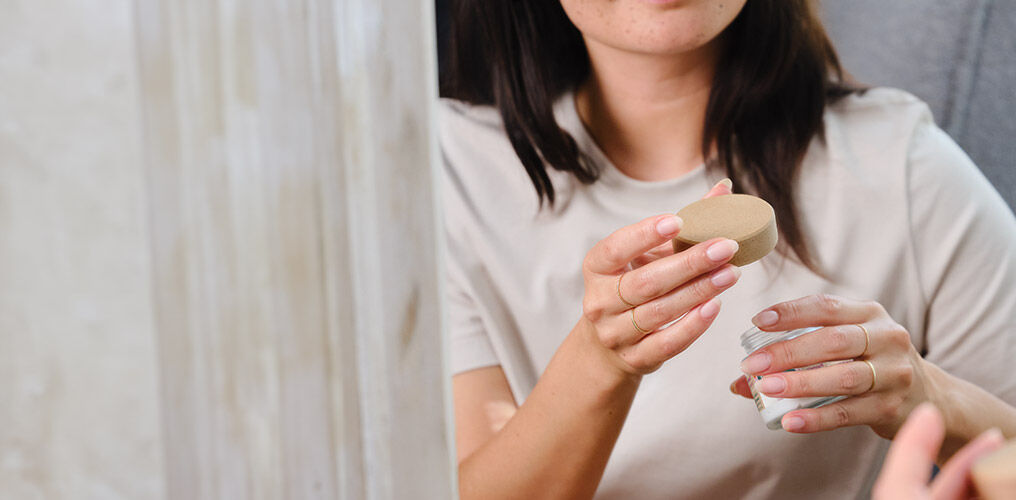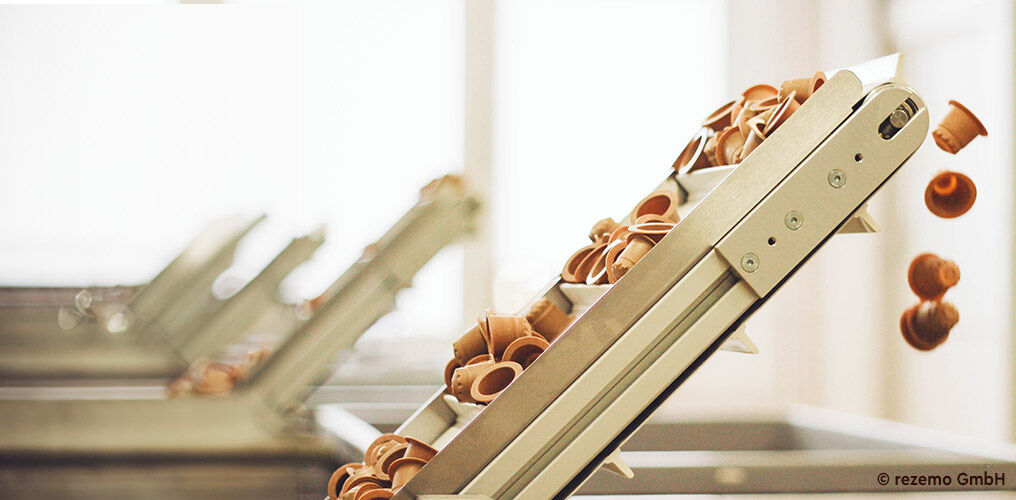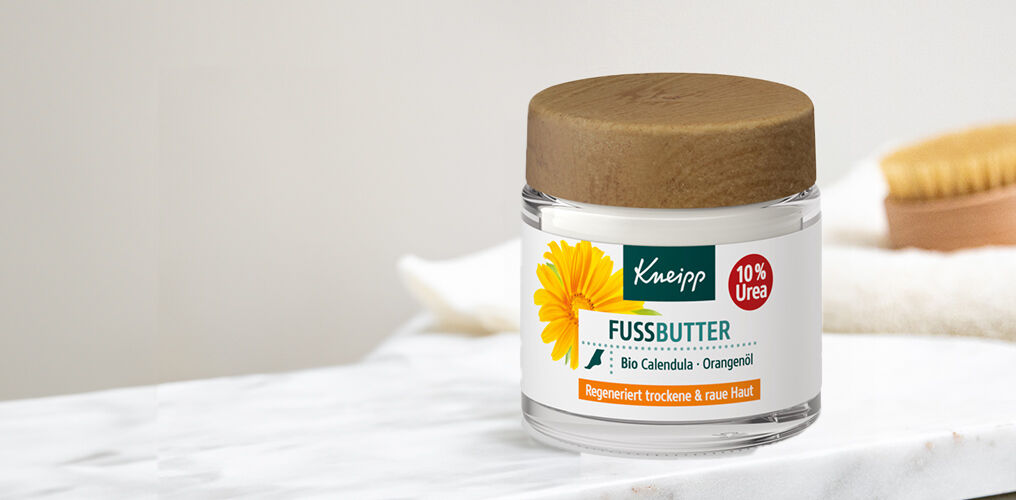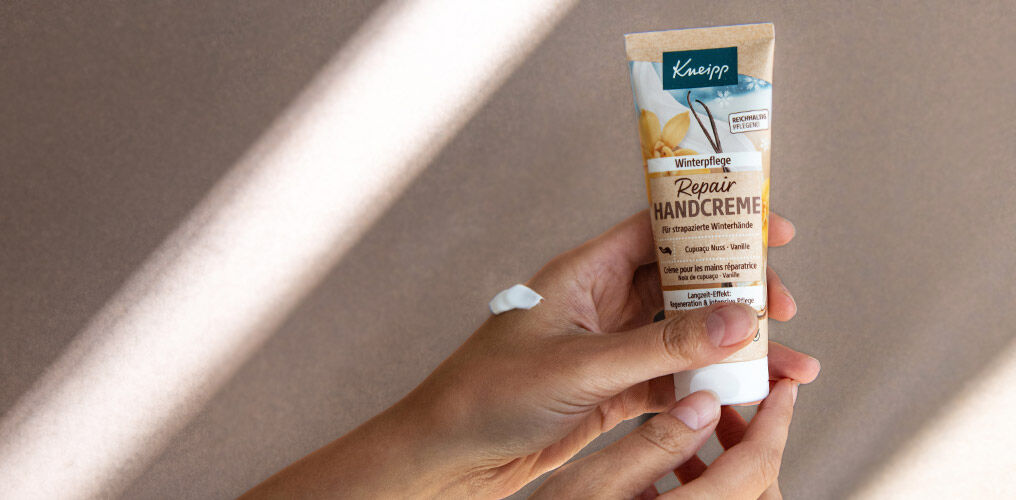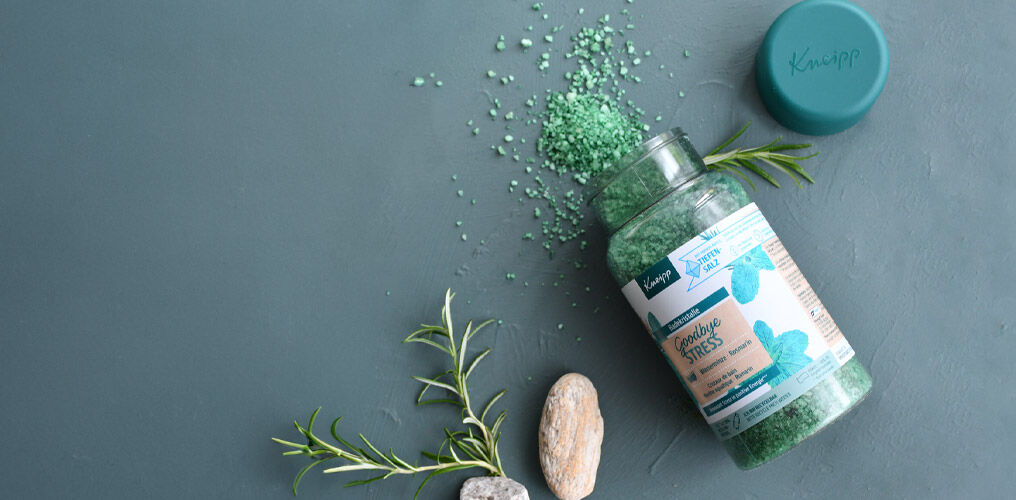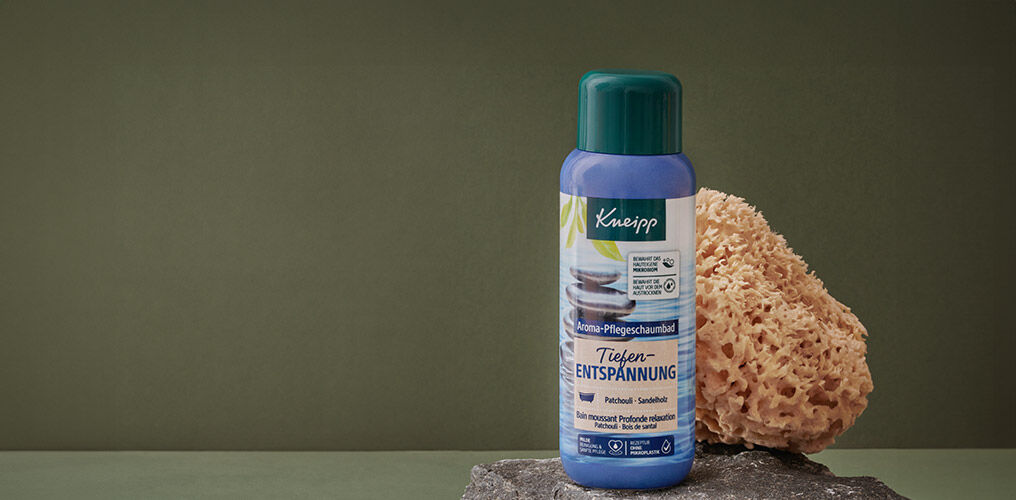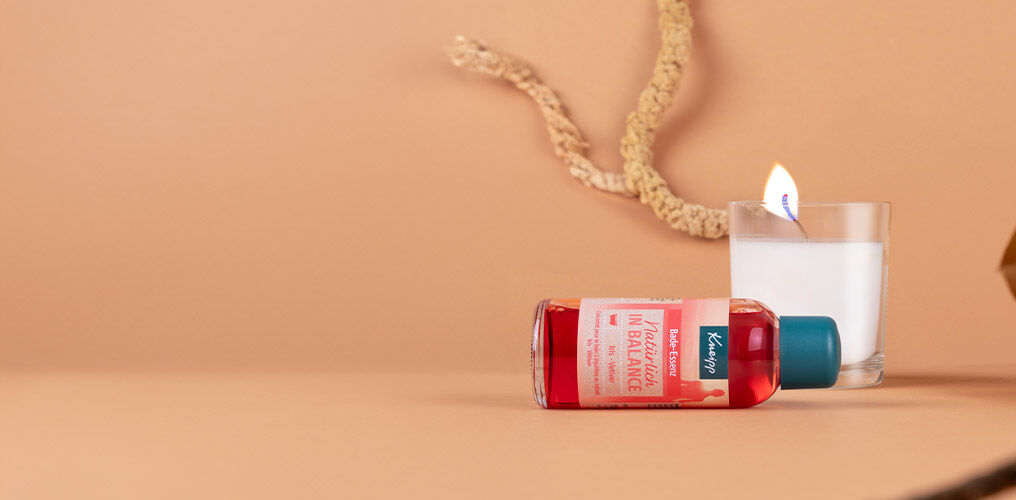What few people know is that even if petroleum-based plastic packaging is recycled, fresh plastic must always be added, as otherwise the quality deteriorates and the material becomes too brittle. The recycling process therefore only works as long as the recycling stream, for example through the Yellow Bag, also contains packaging made from virgin plastic.
In addition, the existing recycling infrastructure does not yet function optimally, even in the EU, and the situation is no better worldwide. For example, only around 35% of the yellow garbage can is actually recycled. The rest ends up in what is known as thermal recycling - in other words, valuable resources are incinerated.¹
